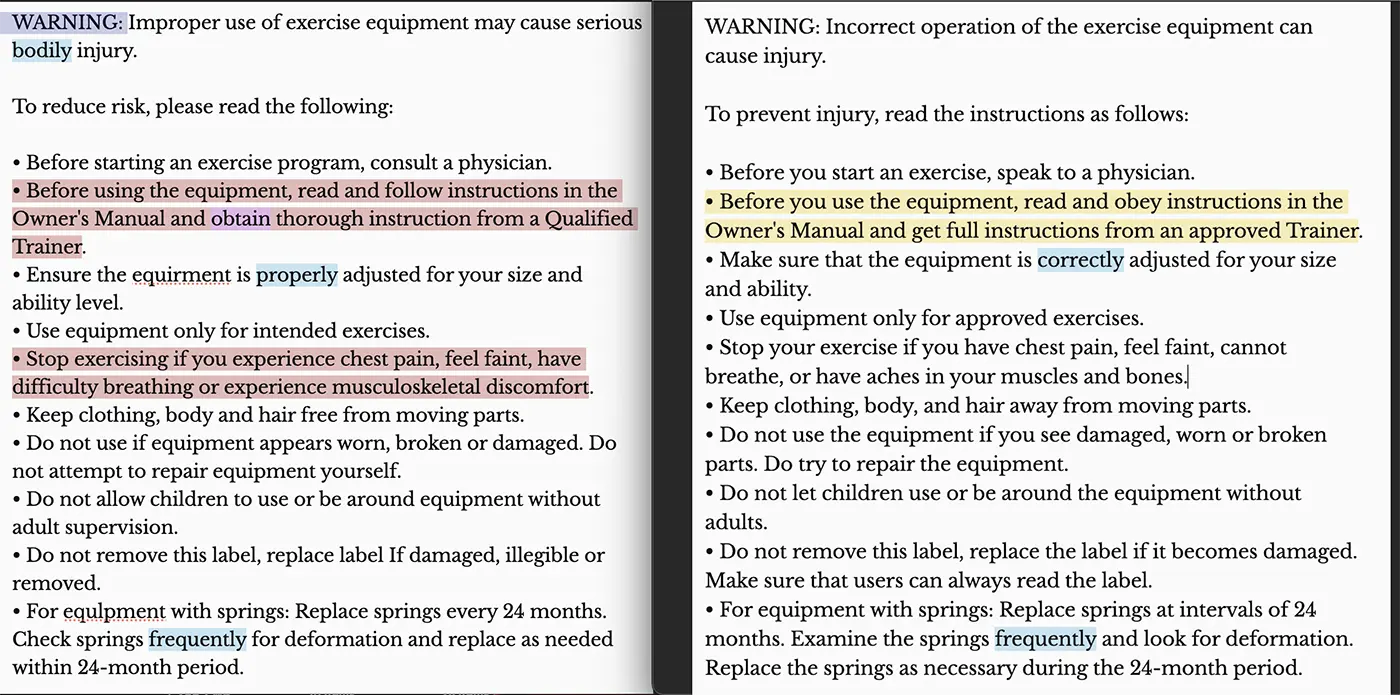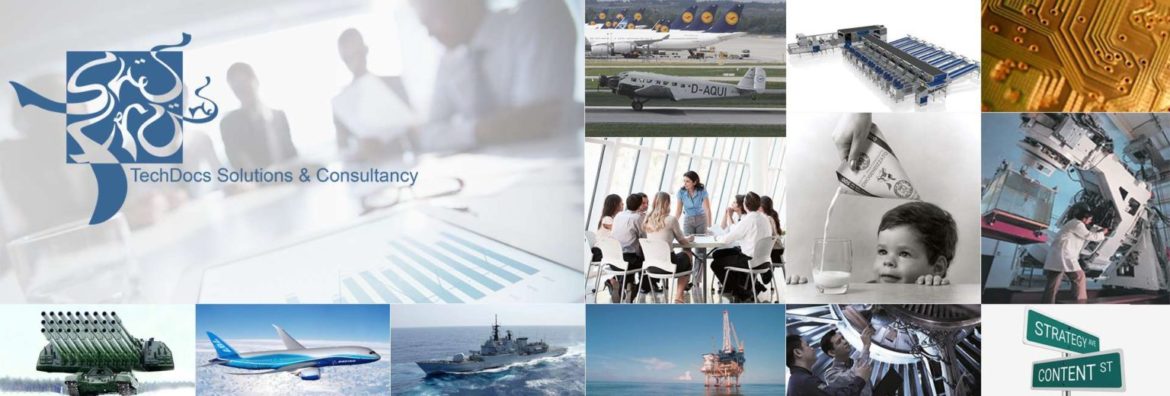January 2025
While generative AI offers exciting possibilities for streamlining STE content creation, it’s crucial to understand its limitations and the enduring value of human expertise.
AI as a Tool, Not a Replacement: Generative AI excels at tasks like:
- Drafting and Editing: Automating repetitive tasks, suggesting alternative phrasing, and identifying potential inconsistencies.
- Enforcing Standards: Checking for adherence to ASD-STE100 and other standards.
- Improving Clarity: Identifying areas of ambiguity and suggesting clearer language.
However, AI cannot fully replace the critical thinking and nuanced understanding that human writers bring to the table.
Addressing Missing Information:
- Human Expertise: Technical writers, with their deep domain knowledge and understanding of the target audience, are essential for identifying and addressing crucial information gaps.
- Thorough Planning: Careful planning, including detailed requirements gathering and thorough subject matter research, is paramount to prevent missing information from the outset.
- Human Review: Even with AI assistance, meticulous human review is necessary to ensure all mission critical information is accurately and comprehensively conveyed.
The Importance of Human Judgement:
- Nuance and Context: STE requires understanding subtle nuances, interpreting complex technical concepts, and tailoring the information to the specific needs of the audience. These tasks demand human judgement and expertise.
- Ethical Considerations: AI models can sometimes exhibit biases or generate inaccurate information. Human oversight is crucial to ensure the ethical and responsible use of AI in STE.
Generative AI can be a valuable tool for technical writers, enhancing efficiency and improving the quality of STE documentation. However, it should be viewed as an assistant, not a replacement. The unique skills and expertise of human writers, including critical thinking, domain knowledge, and the ability to understand and address complex technical issues, remain indispensable for creating high-quality, effective, and trustworthy STE content. By leveraging the strengths of both AI and human expertise, we can create a synergistic approach that maximises the benefits of both while mitigating the risks.









